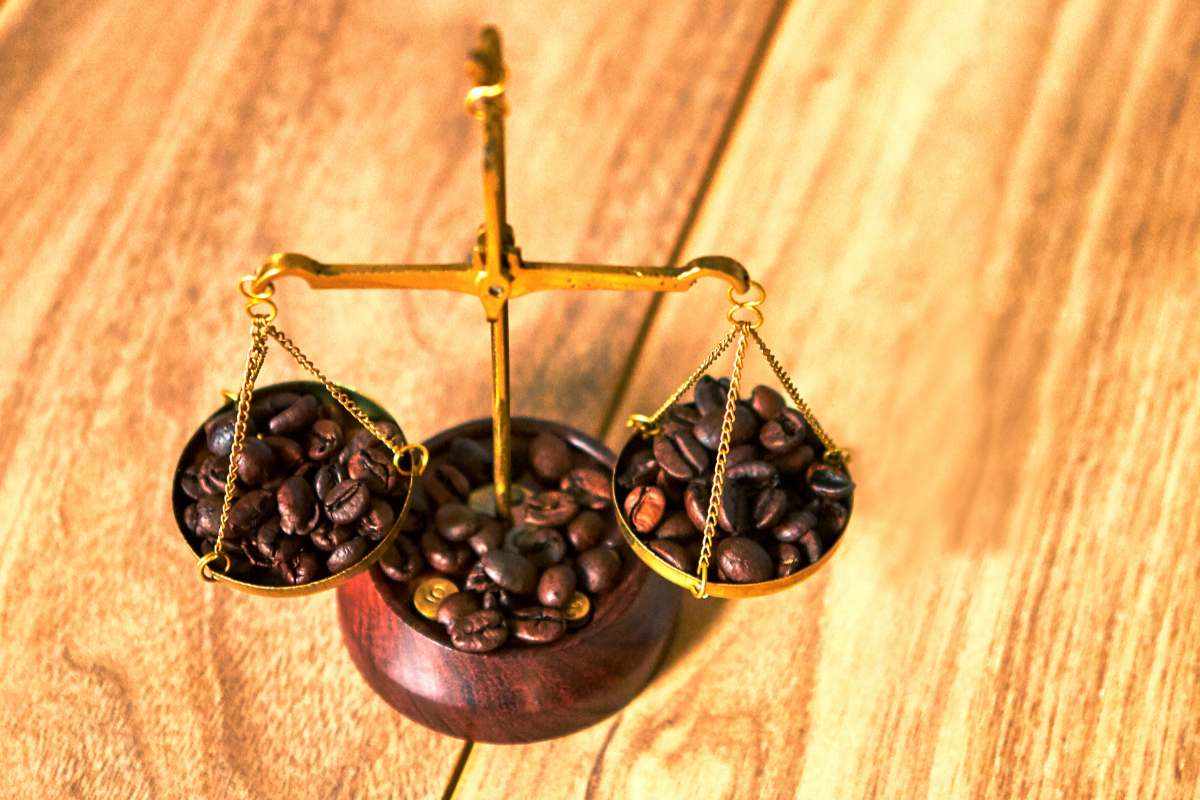Last Updated on December 20, 2023
The home page of this website covers the five variables that we consider most important if you want to brew better coffee:
- Your beans
- Your grind
- Your water
- Coffee-to-water ratio
- Clean gear
That’s our top five. However, we know a lot of people like Top 10 lists, and there are other factors that can make a difference. So, the purpose of this post is to introduce you to what we consider the next five most important variables:
- Time
- Temperature
- Technique
- Pressure
- Filtration
Let’s find out how these things can affect your coffee.
Time
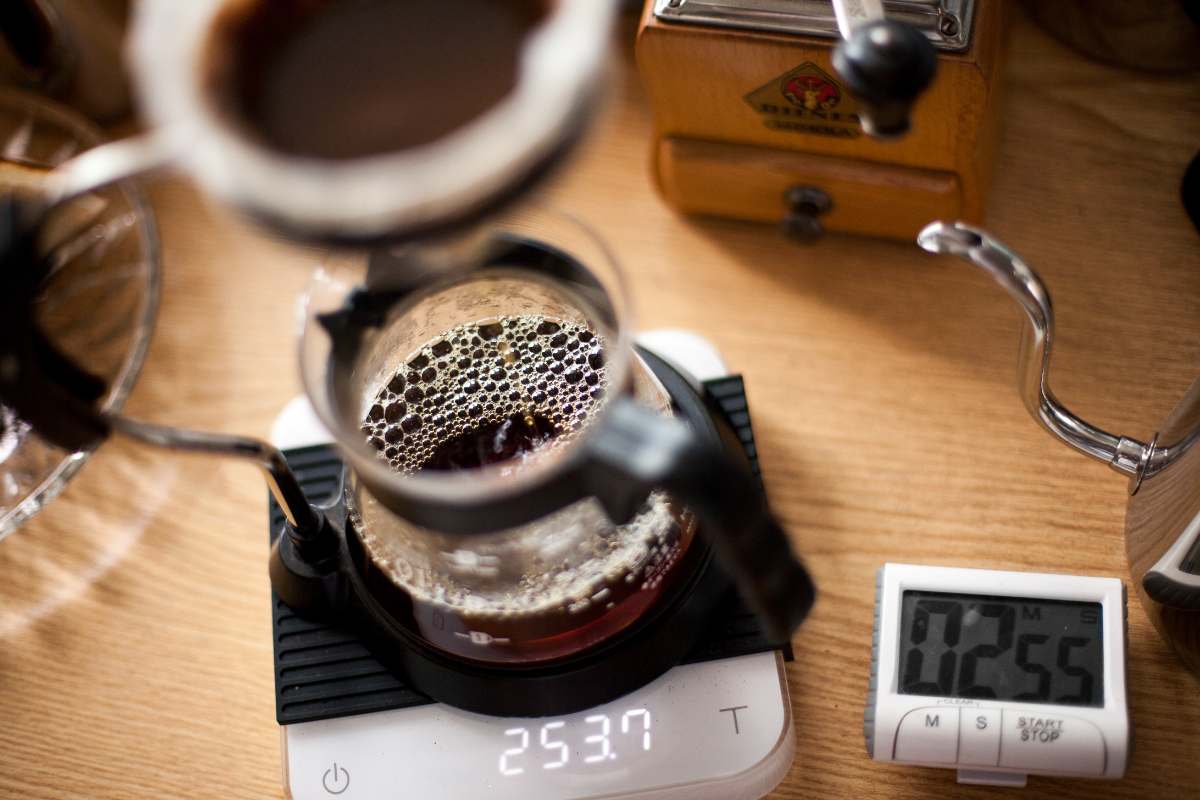
When we refer to time, we’re talking about the amount of time your ground coffee spends in contact with the brewing water. This is also known as the extraction time.
A shorter extraction time produces a brew with lighter, more acidic notes, capturing the first flavors that are pulled out of the beans. A longer extraction time allows for the development of richer, more complex flavors, and if you go too far, a pronounced bitterness.
The challenge of coffee brewing lies in achieving a balanced extraction. Too quick and you risk under-extraction, leading to a flat, sour taste. Too slow and you might over-extract, producing a harsh, overly bitter cup.
Understanding and manipulating extraction time empowers you to tailor your brew to your taste preferences.
How Extraction Time Interacts with Roast Level
Most people think of extraction time in the context of brewing method and grind size, it’s a little-known fact that the roast level of beans also plays a role.
Darker roasts have a more porous and brittle structure than lighter roasts. This physical change affects how water interacts with the coffee grounds during brewing. Darker roasts tend to extract more quickly because their cell structure allows water to penetrate and extract flavors more easily. When you brew darker roasts, you might want to reduce extraction time to avoid over-extraction.
Lighter roasts are denser and require a longer extraction time to fully release their flavors, which are often more complex and nuanced. If under-extracted, light roast coffee can taste sour and grassy, as only the acidic compounds are sufficiently extracted while the sweet and complex notes are left behind.
Temperature
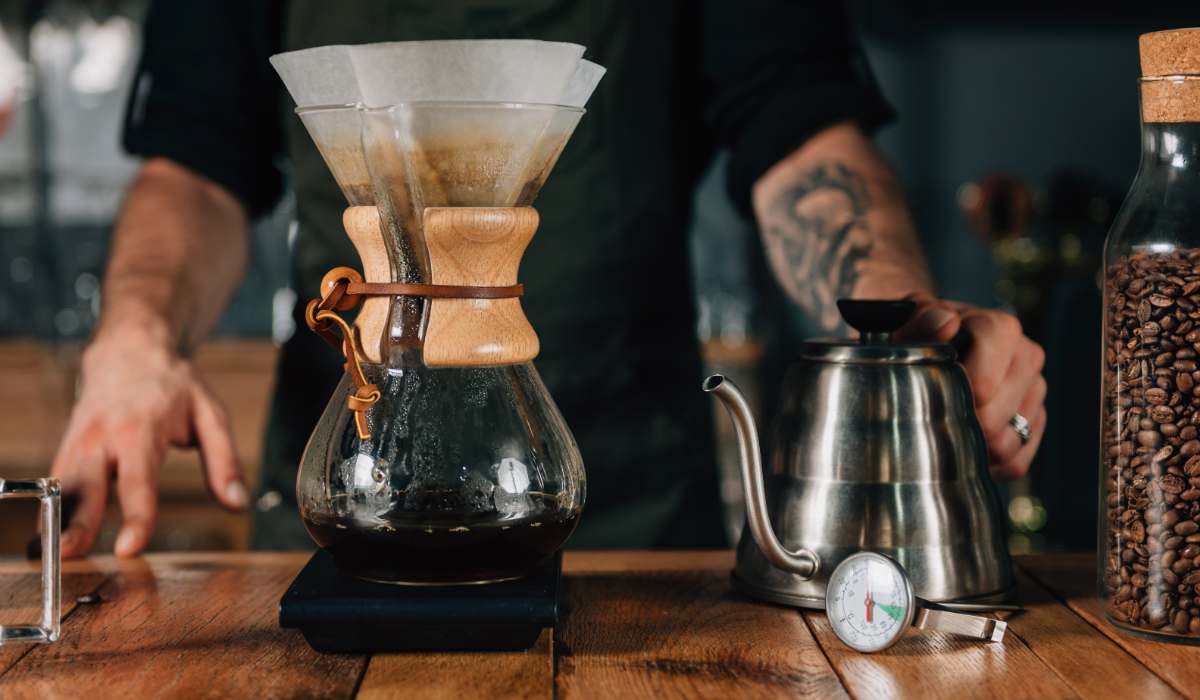
Water temperature’s importance stems from the fact that different temperatures extract various compounds from the coffee grounds at different rates. The ideal temperature for optimum extraction is between 195°F to 205°F. Water that’s too hot can over-extract, while cooler water may under-extract.
Likewise, higher temperatures facilitate extraction of bitter compounds, while lower temperatures favor acidic notes. So temperature can give you some control over the coffee’s flavor profile.
Technique
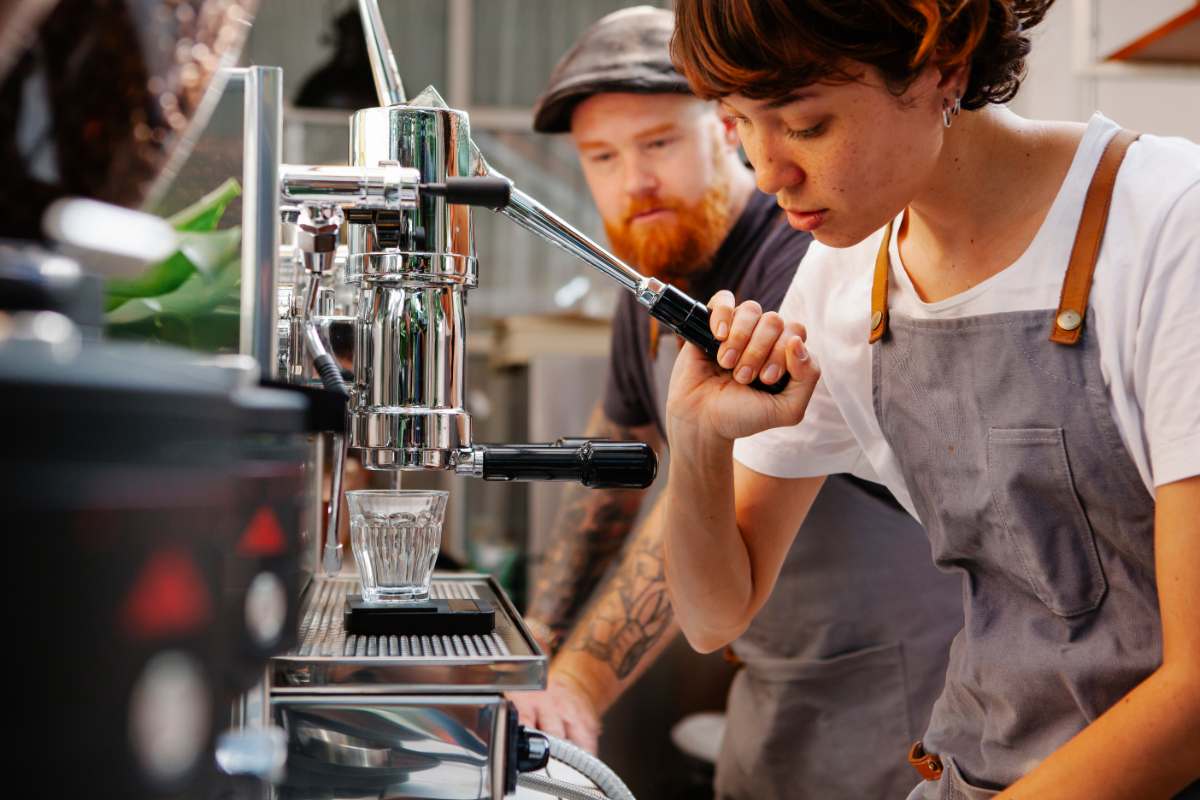
Of course, brewing technique matters. Each brewing method has its own best practices.
For example, brewing pour-over coffee requires a steady, circular pouring technique to ensure even extraction.
If you’re brewing with French press, you have to decide whether to bloom the grounds, how much to stir them, and how long to steep.
Baristas—especially those who use manual espresso machines—can go on for hours about how they grind, tamp, pre-infuse and adjust pressure as the espresso begins to flow. Good technique is essential for pulling an optimum espresso.
The bottom line is that the best beans and cleanest water in the world won’t make a difference if you don’t spend some time and attention honing your actual brewing process. But that’s half the fun!
Pressure
Pressure comes into play the most when you’re brewing espresso, moka pot or AeroPress coffee. It significantly influences the extraction of flavors, helping define the unique taste profiles of these methods.
Espresso
With espresso, water is forced through finely-ground coffee at about nine bars of pressure. This high pressure enables rapid extraction of intense flavors and oils, resulting in a rich, full-bodied shot. It also creates the crema—that creamy, caramel-colored foam settled at the top of your demitasse.
The science behind crema formation involves the interplay of pressure, carbon dioxide, and the coffee’s natural oils. During roasting, carbon dioxide gets trapped inside the coffee beans. When you brew espresso, the high pressure causes the rapid release of this gas from the coffee grounds, which creates tiny bubbles.
What’s particularly interesting is how these bubbles interact with the coffee’s oils and solids. The oils in the coffee coat the bubbles, stabilizing them and forming the emulsion that we see as crema. The finer and more evenly ground the coffee, the more stable the emulsion and the thicker the crema.
Moka Pot
A moka pot uses steam pressure, typically around 1-2 bars, to push water through coffee grounds. This pressure is much lower than an espresso machine, but it’s still sufficient to extract a stronger, more concentrated coffee than most drip methods, which gives you a bold and robust flavor.
AeroPress
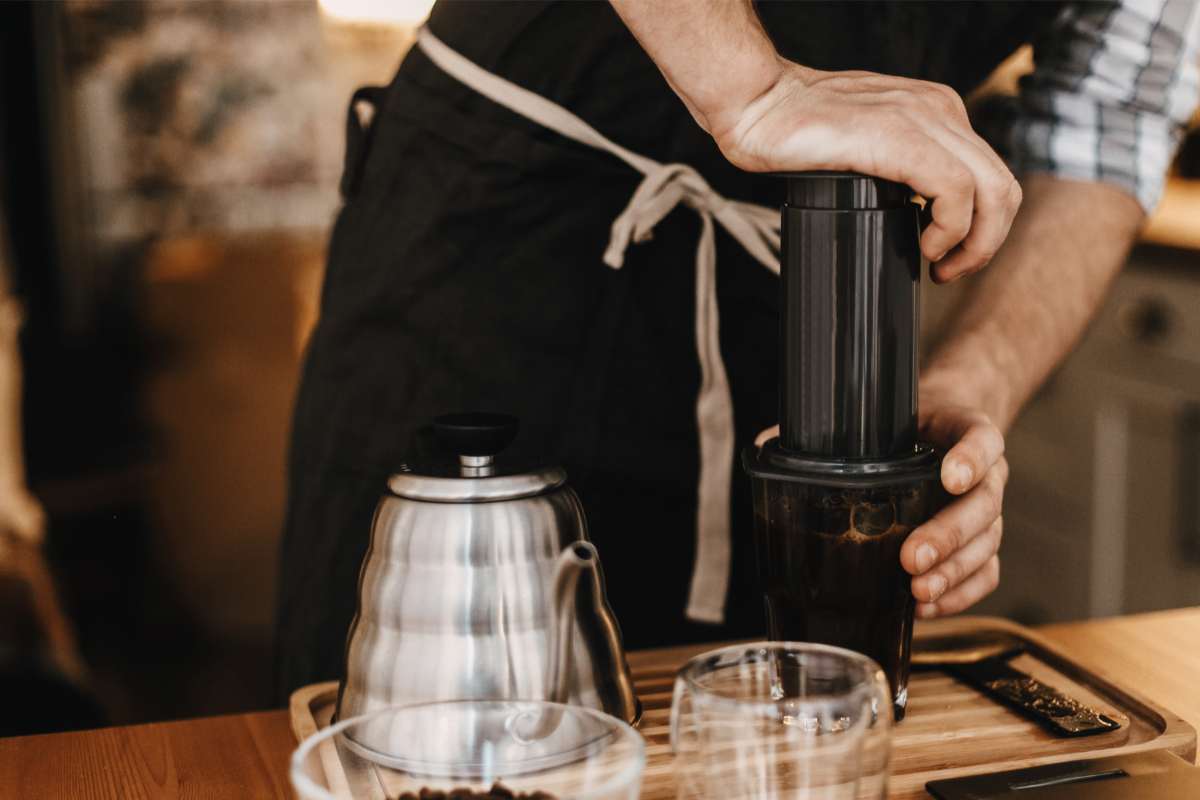
The AeroPress relies on manual pressure when you press the plunger. Again it’s significantly less than in espresso machines, but enough to enhance extraction and produce a flavorful cup.
These brewing methods illustrate how you can manipulate pressure, as a controlled variable, to achieve different flavor profiles.
Filtration
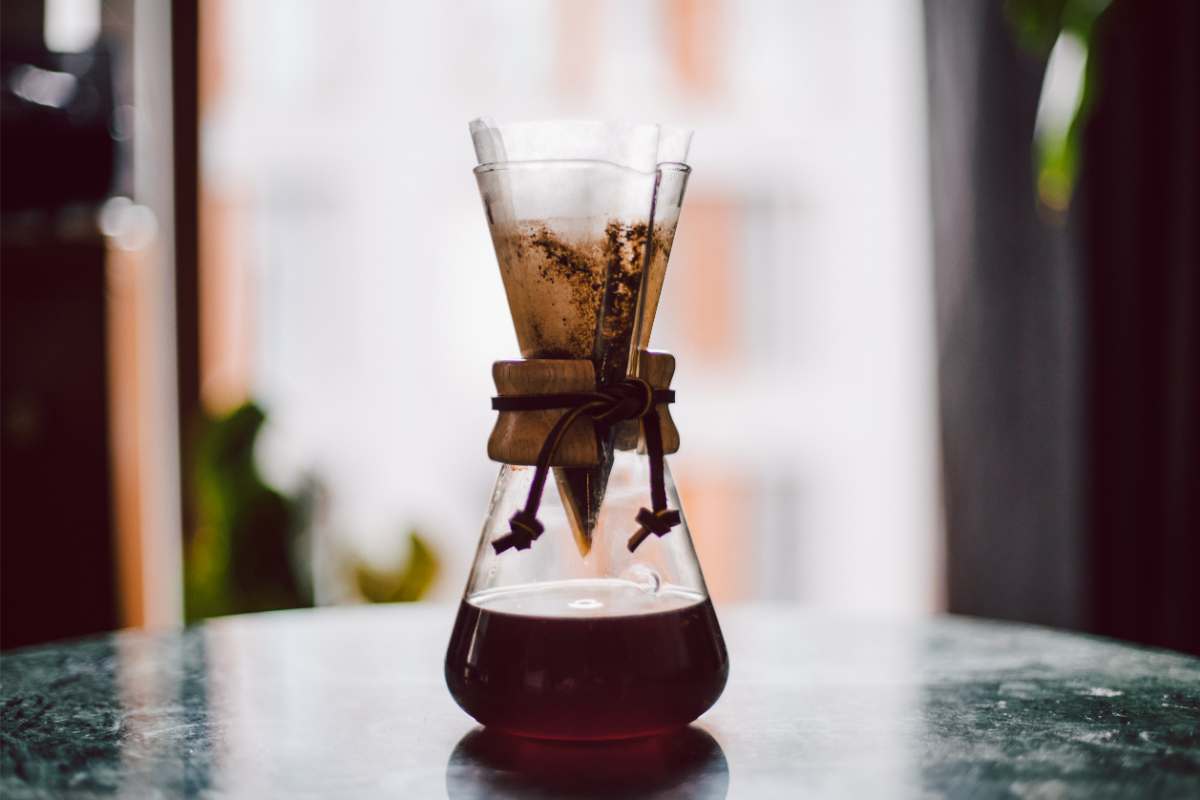
Filtration can influence the texture, clarity, and flavor profile of your coffee.
Different brewing methods employ different filtration techniques, and each can impart distinct characteristics.
- Paper filters (pour-over, drip coffee): Paper filters have a very fine mesh that removes all the fine coffee grounds and most of the coffee’s oils. This gives you a clean, bright cup, usually with pronounced acidity and clarity of flavor. It also means some of the body and richness from the oils is lost.
- Metal filters (French Press, AeroPress): Metal filters are more porous, and that allows oils and fine particles to pass through. In a French press, for example, the metal mesh contributes to a fuller-bodied, richer coffee. You can also get a metal filter for an AeroPress which produces a cup with more body and texture than the traditional paper filter. In recent years, metal micro-filters have become popular. They have incredibly fine holes, offering a unique middle ground between paper and standard metal filters. These micro-filters let more of the coffee’s natural oils and some fine grounds pass through into the cup, but still maintain a relatively clean cup like you’d expect from a paper filter. The resulting brew has more body and richness than a paper-filtered coffee, but little of the heavy sediment you get with a standard metal filter.
- Cloth filters: Less common but used in some traditional brewing methods, cloth filters also fall somewhere in between, allowing some oils to pass through while filtering out finer grounds.
- No filter (Turkish coffee): Turkish coffee doesn’t use a filter at all. You just grind really fine and leave the grounds in the cup for a thick, intense and slightly chalky brew.
Ultimately, filtration is about more than separating grounds from water. It has a big say in the coffee’s body, clarity, and flavor profile.
Now that we’ve explored how time, temperature, technique, pressure and filtration play together when you brew your coffee, it’s probably becoming clear that brewing great java is both an art and a science.
It’s not all about high-quality beans and fancy equipment, it’s about the care and attention you put into each step of the brewing process. The next time you brew, consider these variables as your toolkit for crafting the perfect cup. Above all, embrace the journey of discovery and experimentation.

